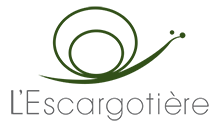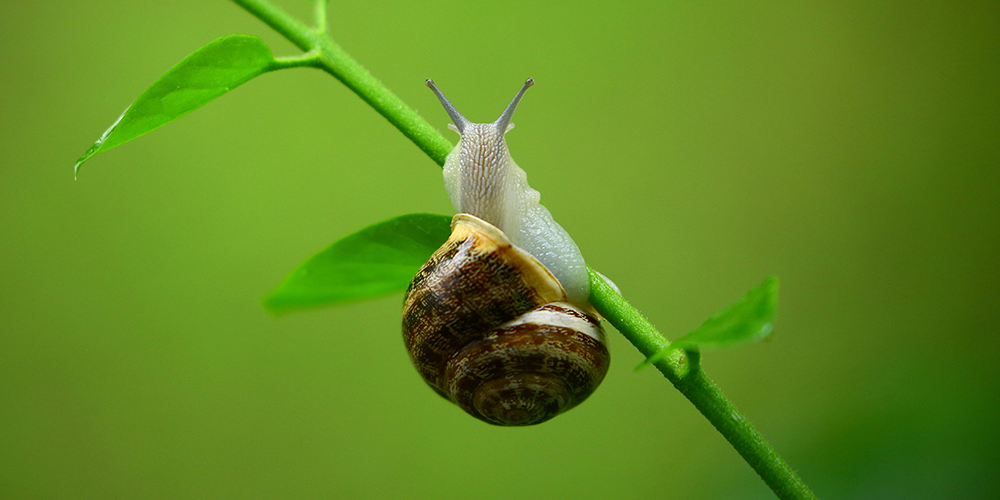‘Used With Constant Success’: Animal Ingredients in Eighteenth-Century Remedies, and their Success in the Beauty Industry – The Recipes Project
SNAILS
The garden snail was one of the most used animal ingredients in eighteenth-century remedies. In my doctoral research, where I examined 5,000 recipes from 27 eighteenth-century manuscripts, I found 104 references to snails (4% of all animal ingredients).
R. Bradley, A philosophical account of the works of nature… Credit: Wellcome Library, London.
The snail was claimed to be ‘one of the cleanest feeders in the world’, and seventeenth-century physician and herbalist Nicholas Culpeper noted that ‘the reason why they cure a consumption is this; Man being made of the slime of the earth, the slimy substance recovers him when he is wasted’.
In today’s cosmetic industry, snail gel is used as a moisturiser and skin brightener (see my blog for details), but the most common use of snails in eighteenth-century recipes was in the form of a distilled water. This was prevalent remedy for respiratory conditions like consumption.
A mid-eighteenth-century recipe book belonging to the Arscott family from Tetcott, Devon has two consecutive snail water recipes. The first, titled ‘for a Consumption’, used a peck of grey snails wiped clean and distilled in both asses’ milk and red cow’s milk alongside dates, raisins, liquorish, and aniseed. A second recipe, attributed to Lady Robert Russell, noted its efficacy by claiming that she had ‘experienced good in Cough, Heatick, Heals a Sharpness in the Blood’. Lady Russell received this recipe from Dr Francis Willis (famous for treating the madness of George III).

